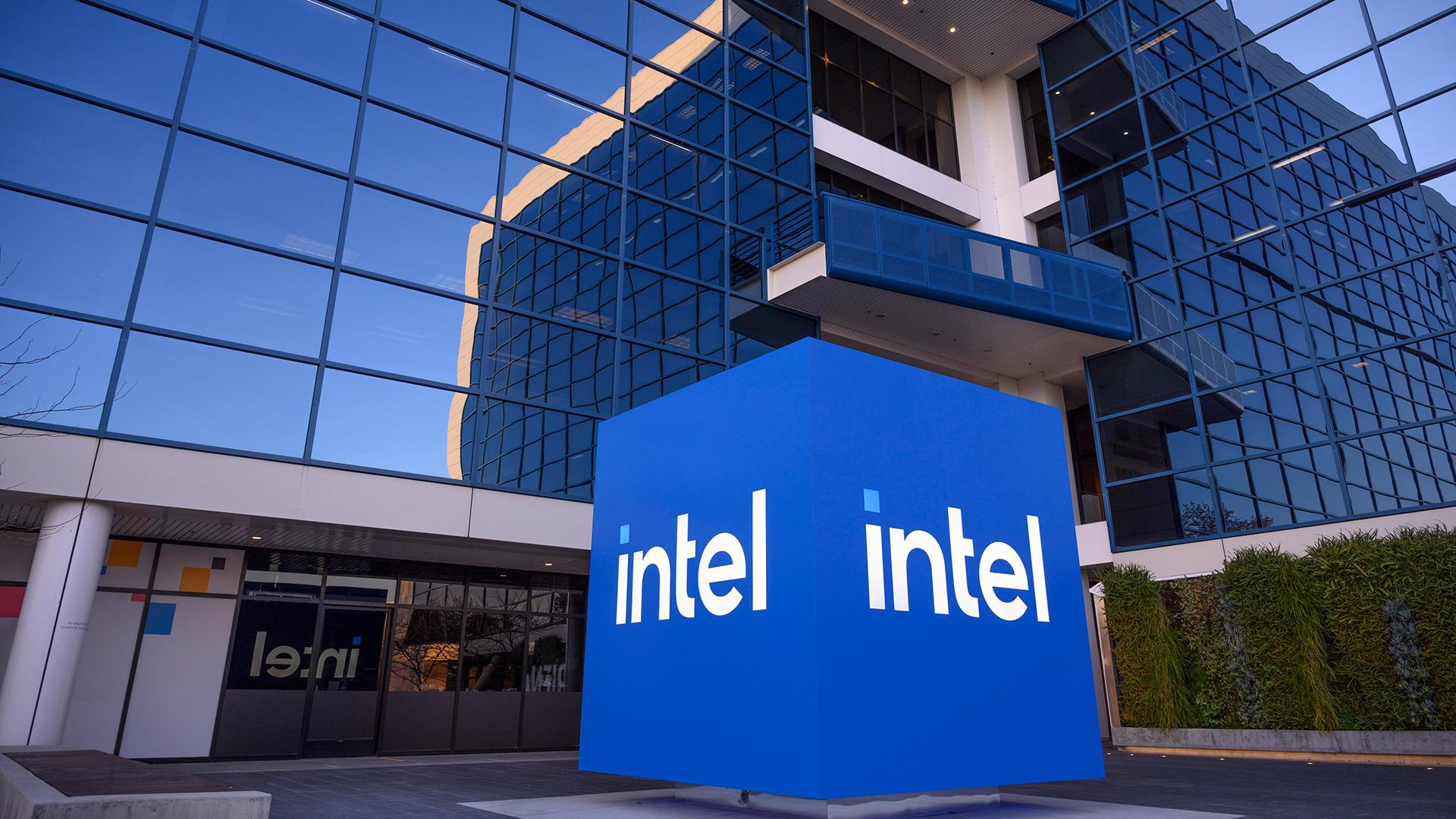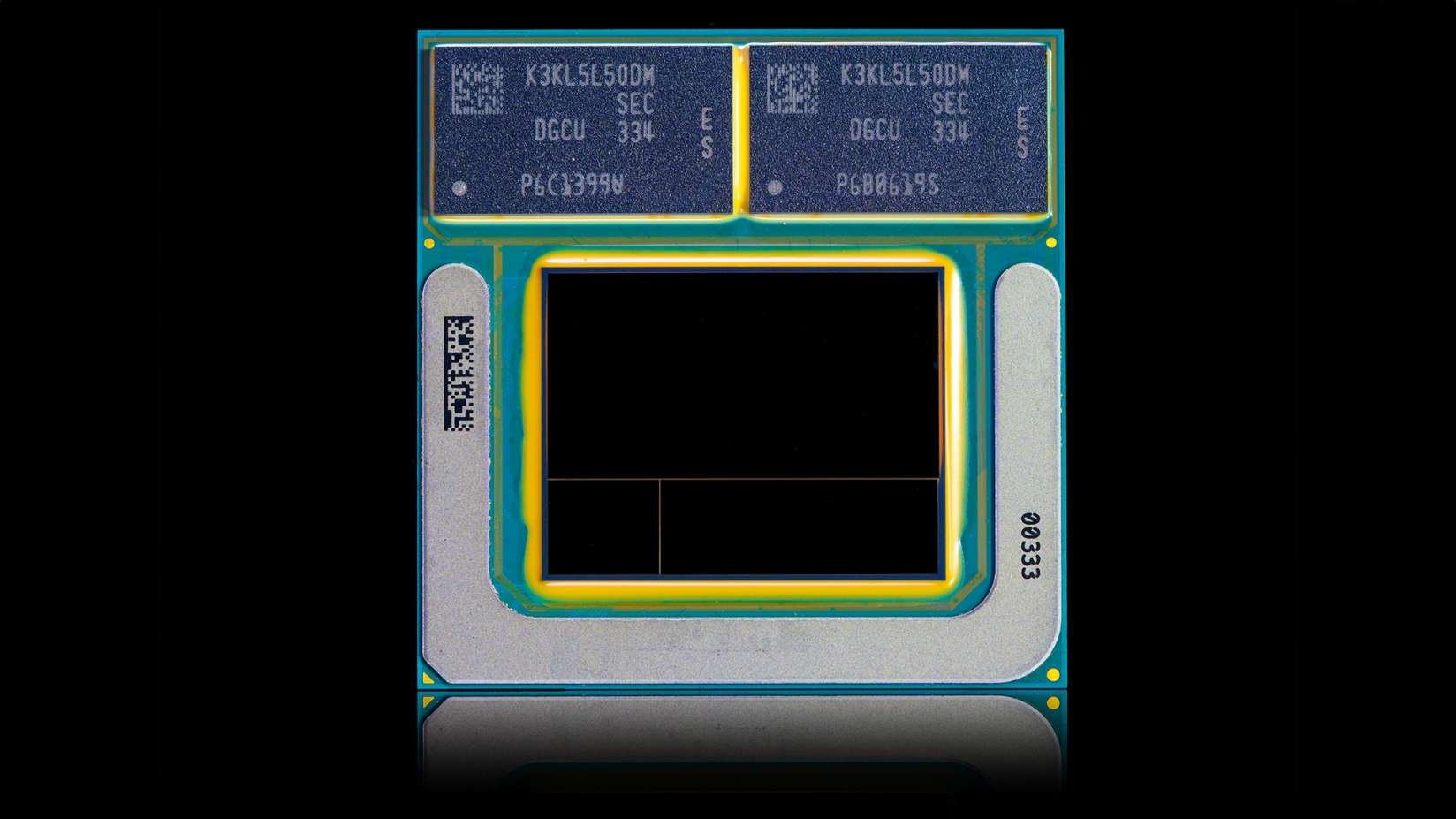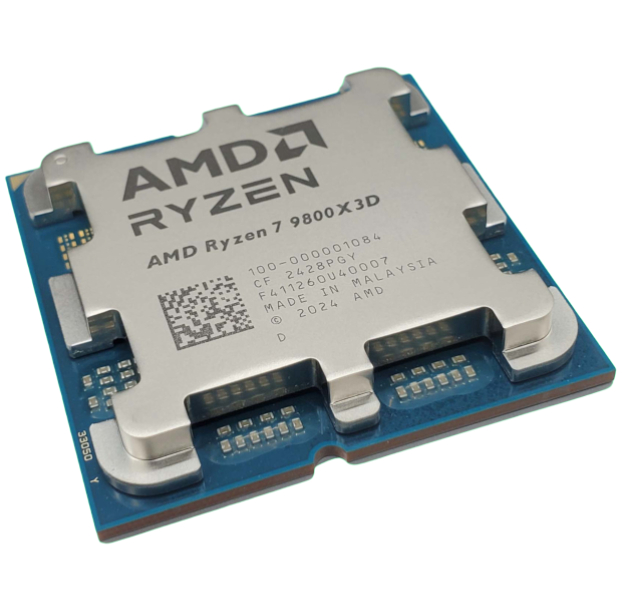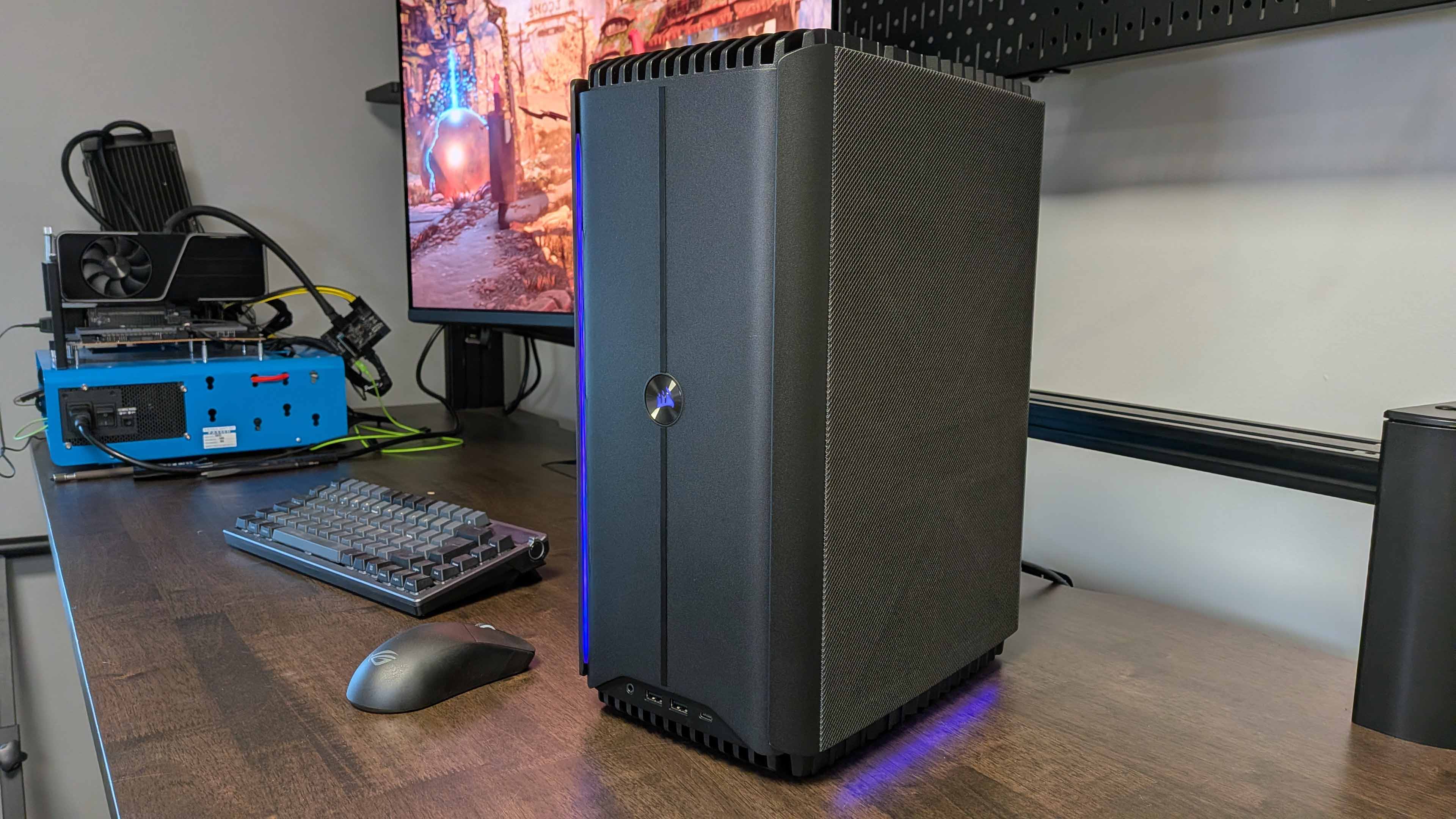Intel's bad news year rolls on as new 18A chip manufacturing node is reportedly in trouble with 10% yields and doubts over profitability of the Panther Lake CPU
Will Intel ever turn the corner?

Last week, we reported on a claimed 18-month deadline for Intel to win customers for its next-next-gen 14A chip node, else the company would have to give up on cutting-edge chip manufacturing. This week, it's Intel's actual next-gen node that's in the news for the wrong reasons, as 18A is apparently in trouble.
Reuters says sources inside Intel put the company's all-important 18A node (well, it used to be all-important before Intel shifted that dubious honour to 14A) at 10% in terms of manufacturing yields. That lowly figure is reportedly up from an even worse yield of just 5% late last year.
Reuters says that Intel has generally aimed for yields of 50% or more before ramping up volume production in order to ensure that chip manufacturing is profitable. By that metric, it would appear 18A is nowhere near ready by Intel's usual standards.
It's worth noting that those yield figures apply to Intel's upcoming Panther Lake mobile CPU, which will be the first consumer CPU from Intel based on 18A. Intel is only using this process node for a relatively small part of Panther Lake, in that only the CPU tile will be on 18A. The rest of the chip, including I/O and the iGPU, will be produced on another node.
So, the chiplet Intel is attempting to make on 18A for Panther Lake is very small. But according to this Reuters report, it still can't get yields up. That implies a very problematic node.
First photos of Panther Lake, launch in 2026. Intel confirms no Panther Lake on socketable desktop part, Nova Lake "when it's ready". Video and article on PCWorld soon. pic.twitter.com/FyTZ05whfIMay 19, 2025
The bigger a chip, the more likely it is to have a manufacturing flaw that breaks functionality. That's why huge GPUs are so expensive. They are much more likely to have flaws which prevent them from being sold as fully functional.
The idea with the Panther Lake CPU tile is to make it much smaller and thus reduce the chances of any given tile being broken. But even with that approach, Intel is reportedly struggling to achieve anything even close to good yields.
Keep up to date with the most important stories and the best deals, as picked by the PC Gamer team.
Intel hasn't commented directly on the claimed yield numbers. However, Intel's Chief Financial Officer David Zinsner previously admitted to Reuters that even when Panther Lake yields were good enough for volume production, they wouldn't be "accretive" and Intel would "still have to make an improvement."
That seems to be a slightly opaque way of conceding that Intel doesn't necessarily expect Panther Lake to be actually profitable at first release as a consequence of low yields. As for how accurate the Reuters report is, that's hard to say. Independent data on the health of Intel's 18A node essentially doesn't exist.

So, the only thing we can say with certainty about 18A is that Intel, by its own admission, failed to win any significant customers for the node. While there may be other reasons why customers haven't chosen 18A, such as poor tools for porting chip designs to the node, the fact that not a single major customer wants to use 18A hardly screams "high yields".
All told, the frustrating reality implied by this latest report is that even if Intel does manage to get some Panther Lake CPUs in laptops by the end of this year, that won't actually tell us that 18A is a viable, healthy node. If this Reuters story is accurate, Intel could have decided to take it on the nose in terms of profitability and soldier on with very low yields and possibly even making a loss on Panther Lake, at least at first.
That would be rather ironic given that one of the key attributes of Panther Lake was meant to be increased profitability compared to Intel's current mobile CPU, Lunar Lake. The latter is manufactured by TSMC in Taiwan and thus not in Intel's own fabs, which has hurt profitability according to Intel itself.
Anyway, the saga of Intel's bad news year continues. As does the wait to discover the fate of the chip industry's troubled giant.

1. Best overall:
AMD Ryzen 7 9800X3D
2. Best budget:
Intel Core i5 13400F
3. Best mid-range:
AMD Ryzen 7 9700X
4. Best high-end:
AMD Ryzen 9 9950X3D
5. Best AM4 upgrade:
AMD Ryzen 7 5700X3D
6. Best CPU graphics:
AMD Ryzen 7 8700G

Jeremy has been writing about technology and PCs since the 90nm Netburst era (Google it!) and enjoys nothing more than a serious dissertation on the finer points of monitor input lag and overshoot followed by a forensic examination of advanced lithography. Or maybe he just likes machines that go “ping!” He also has a thing for tennis and cars.
You must confirm your public display name before commenting
Please logout and then login again, you will then be prompted to enter your display name.

